Five key climbs of the 2018 Tour de France
We take a look at some of the most important climbs of the 2018 Tour de France
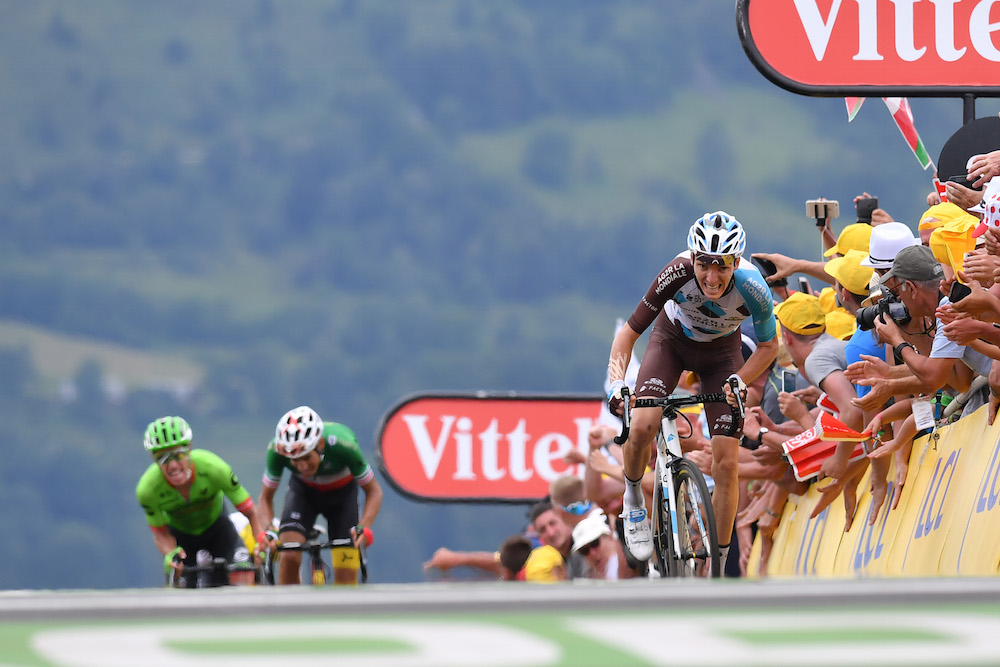
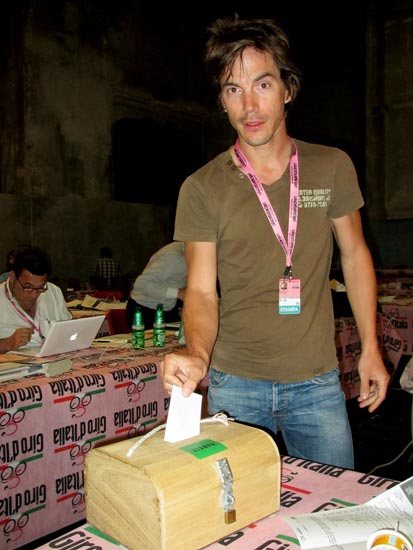
The 2018 Tour de France covers 26 climbs that, along with the time trials and Roubaix cobbles, will have their say in the race's outcome.
The race does not seriously begin climbing until stage 10, after the first rest day, but when it does it takes the riders up steep 20 per cent-plus pitches, to iconic places and several times over 2000 metres.
Some will feature more than others as the team leaders fight for the Tour's famous yellow jersey. Below we have a look at five ascents that should be key in deciding the winner of the 2018 edition.
Stage 10: Plateau des Glières
If you want a Zoncolan type climb in the Tour, then here you are, the Plateau des Glières. It is mid-way into the first mountain stage, stage 10 with the Col de la Colombière and descent finish to Le Grand-Bornand. The organiser is bringing in the Plateau des Glières for the first time in 2018 up the difficult east side.
Though only six kilometres compared to the Zoncolan's 10.1, its gradient averages 11.2 per cent until the plateau were French resistance fighters battled the Nazis. Along the way, sections of 20 per cent or more should bring all but the stars to a crawl. From the HC point, there are almost another two kilometres of lighter gradients on hard-packed gravel to the Col des Glières.
Get The Leadout Newsletter
The latest race content, interviews, features, reviews and expert buying guides, direct to your inbox!
Stage 12: Alpe d'Huez
The iconic Alpe d'Huez climb comes mid-week this year but concludes the Alpine run of three-consecutive stages. It ends a classic stage over the Col de la Madeleine, the Lacets de Montvernier and the Col de la Croix de Fer.
The climb with its 21 hairpins debuted in 1952, marking the first summit finish which was won by Italian great Fausto Coppi. It seemed perfect, but summit finishes took a while to catch on and the Alpe d'Huez did not return until 24 years later.
Now it is an icon of cycling with its winners marked on every turn. From Bourg d'Oisans, the climb covers 13.8 kilometres at 8.1 per cent. Thibaut Pinot (Groupama-FDJ) last won at the ski village in 2015.
Stage 14: Côte De La Croix Neuve
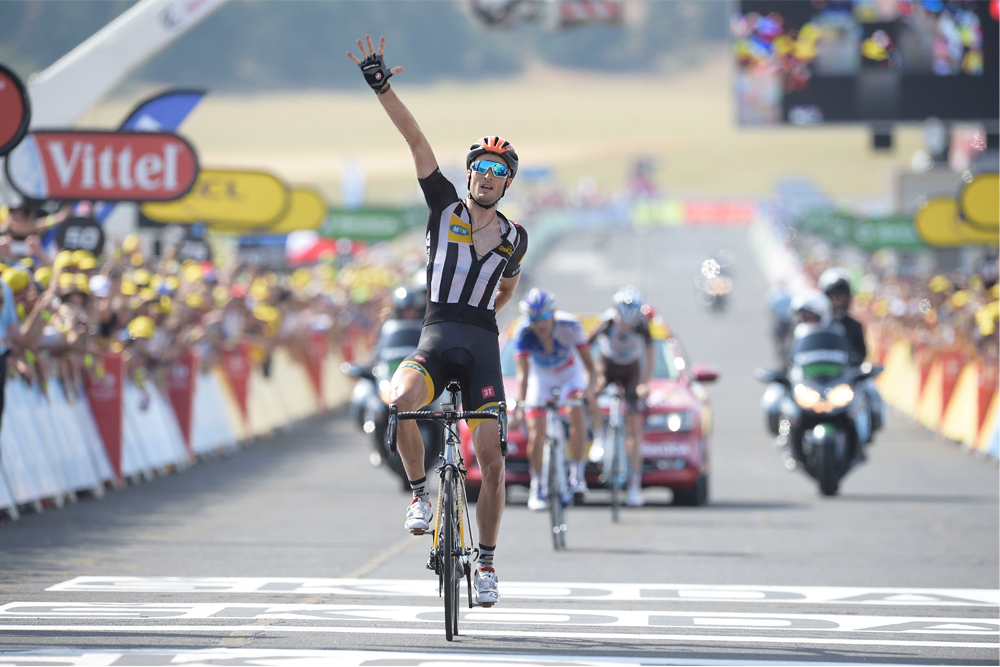
The Côte De La Croix Neuve covers only three kilometres, but it will be decisive at the end of the stage with 10.2 per cent average gradients before reaching the flat airstrip finish above Mende. Making it harder, the road begins already to climb two kilometres before reaching the climb that appears like a wall on the official stage profile.
Laurent Jalabert won here with the French national jersey in 1995 when it debuted in the Tour, hence it's also known as the Montée Laurent Jalabert. Steven Cummings gave MTN-Qhubeka its first win on South Africa's Nelson Mandela day at the airstrip in 2015, the last time the climb was used, by surprising French hopes Romain Bardet and Thibaut Pinot.
Stage 16: Col du Portillon
The Col du Portillon is one of those normal Pyrenean climbs but stands out with its fast descent to Bagnères-De-Luchon. Followers in 2016 were blown away by Chris Froome's attack over the Peyresourde to arrive in the same town and even more so by his descending chest-to-stem style. The performance erased any doubts about Froome's descending skills.
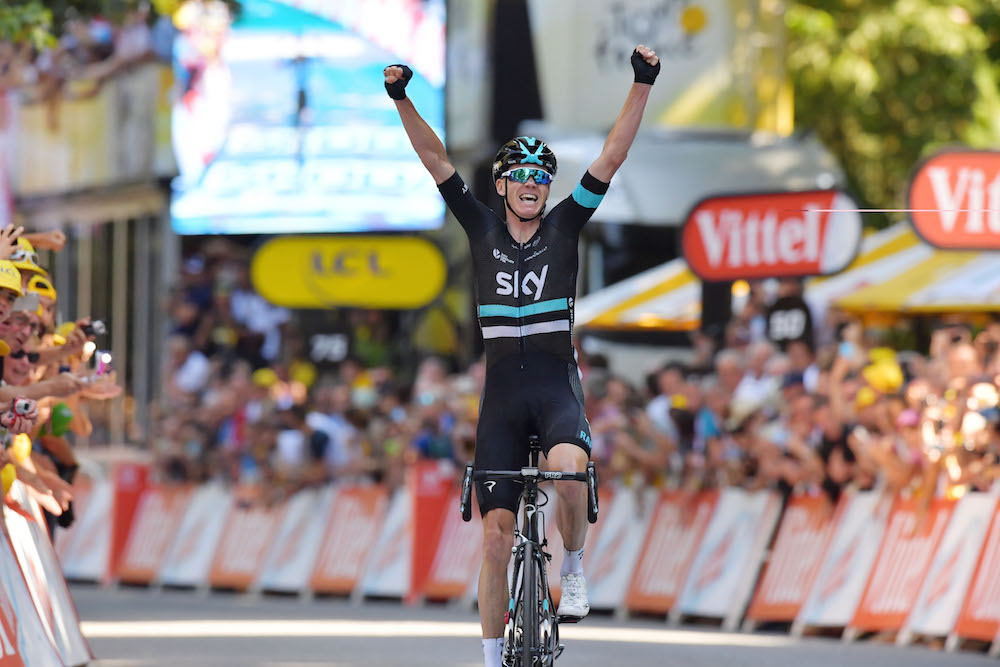
The climb takes the peloton back into France after brief visit in Spain near the end of the stage. It climbs 8.3 kilometres at 7.1 per cent. The descent of 8.3 kilometres gets tricky with three hairpins in short succession with midway down – plenty of road for someone to try their own daredevil ride.
Stage 17: Col de Peyresourde / Peyragudes
At 65 kilometres, this is the shortest stage in the Tour for the last 30 years, so the Peyragudes at the front end will play a significant role.
Coming from the east, the climb features two parts: first the Col de Peyresourde and a small descent before going to 1645 metres for the Montée de Peyragudes.
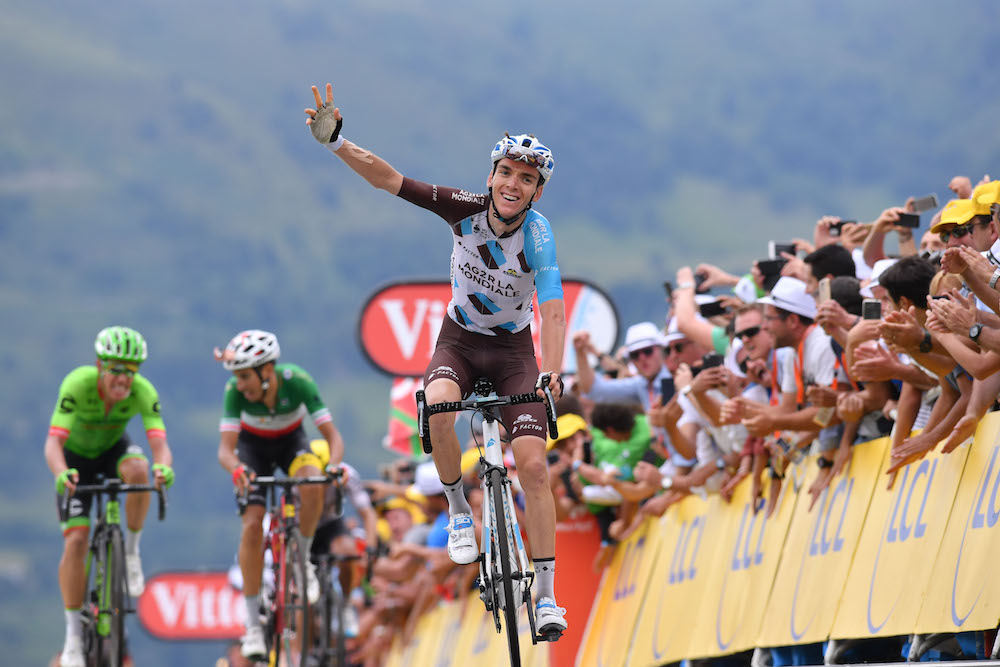
Froome suffered here in 2017 and lost the lead to Fabio Aru for a few days. They will climb from the same direction, this time going 14.9 kilometres to a higher point than last year's finish line. The whole run averages 6.7 per cent, a perfect launch pad for those hoping to take advantage ahead of the Col de Val Louron-Azet and Col de Portet finish.

Thank you for reading 20 articles this month* Join now for unlimited access
Enjoy your first month for just £1 / $1 / €1
*Read 5 free articles per month without a subscription

Join now for unlimited access
Try first month for just £1 / $1 / €1
Gregor Brown is an experienced cycling journalist, based in Florence, Italy. He has covered races all over the world for over a decade - following the Giro, Tour de France, and every major race since 2006. His love of cycling began with freestyle and BMX, before the 1998 Tour de France led him to a deep appreciation of the road racing season.
-
 7-Eleven returns to the peloton for one day only at Liège-Bastogne-Liège
7-Eleven returns to the peloton for one day only at Liège-Bastogne-LiègeUno-X Mobility to rebrand as 7-Eleven for Sunday's Monument to pay tribute to iconic American team from the 1980s
By Tom Thewlis
-
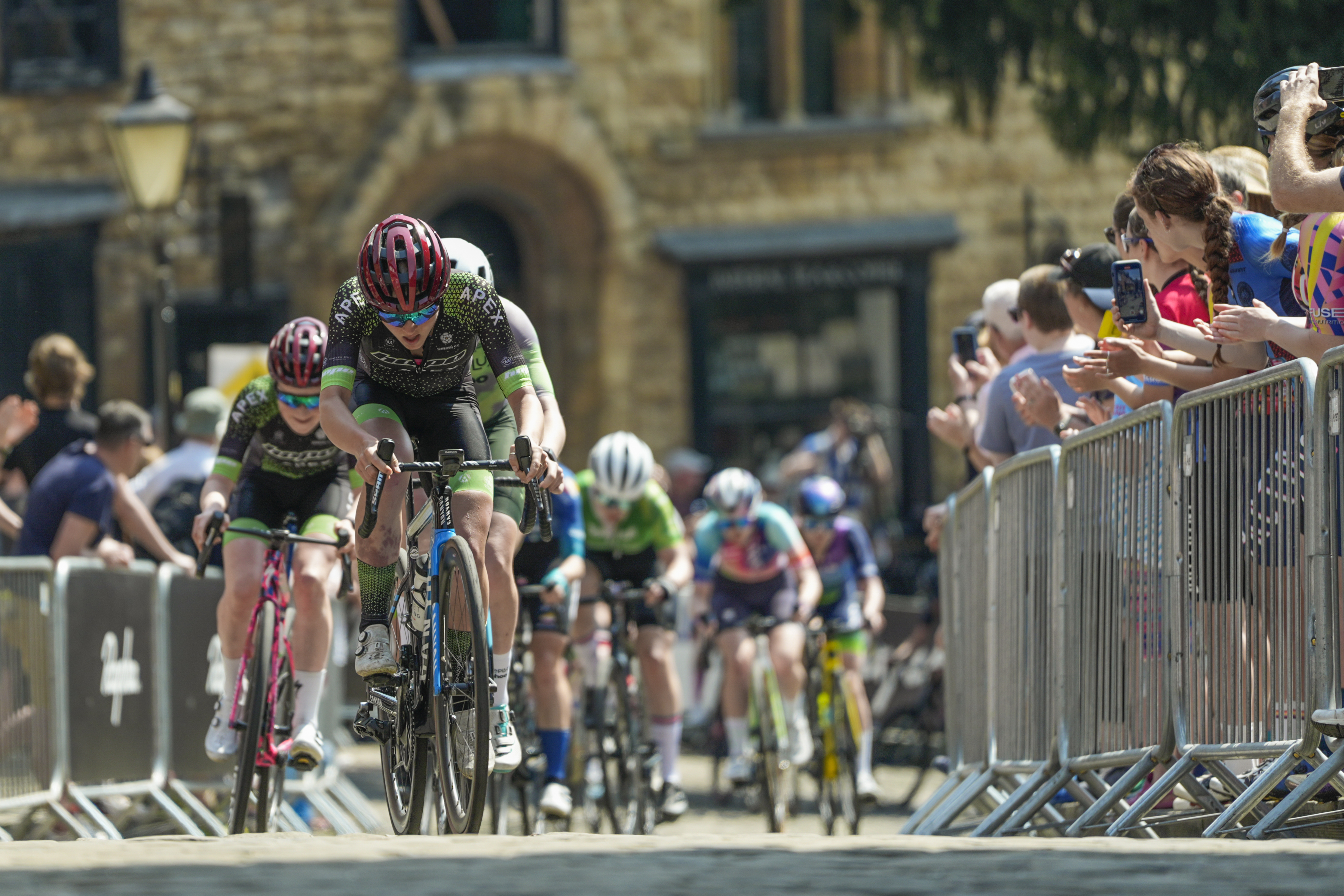 Rapha launches the Super-League, a new British road racing points competition
Rapha launches the Super-League, a new British road racing points competition16 events make up the Rapha Super-League, including crits and road races, with overall winners crowned
By Adam Becket